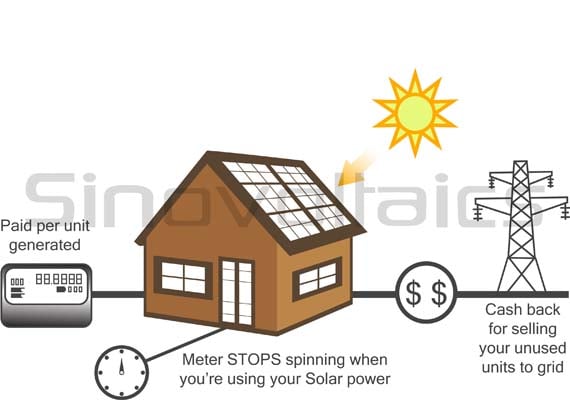Feed-In Tariff (FIT) in solar, advantages and how it works
Feed-in tariff (FIT) refers to an economic mechanism to promote the spread and use of renewable energy technologies. The main principle is that users get compensated for - mostly - solar or wind power for the high investment costs of these green technologies. Feed-in tariff (FIT) for solar energy systems
Feed-in tariff (FIT) for solar energy systems
History of feed-in tariff
While the 1978 adopted Public Utility Regulatory Policies Act (PURPA) on energy conservation in the USA was the first form of feed-in tariff, today's widespread FIT-model originated in Germany. In 1991, the German government issued the Gesetz über die Einspeisung von Strom aus erneuerbaren Energien in das öffentliche Netz (Law on the Feeding of renewable energies into the public grid) which obligated power companies for the first time to purchase electricity produced from renewable sources that is fed into the public power grid. This law was soon displaced by the Erneuerbare-Energien-Gesetz (renewable energies law - EEG) in 2000 which has become the role model for FIT mechanisms in more than 40 countries. Feed-in Tarrif (FIT): a financial incentive
Feed-in Tarrif (FIT): a financial incentive
How does Feed-in tariff FIT work?
Upon purchase of a renewable energy system, its users are on a long-term contract basis reimbursed a cost-based price for the produced electricity in kWh. In case of solar, the contract usually covers the high performance output lifetime of the PV system. The price per kWh is geared to the technology applied and reflects its comparative costs, with solar-generated electricity yielding higher prices than wind.
